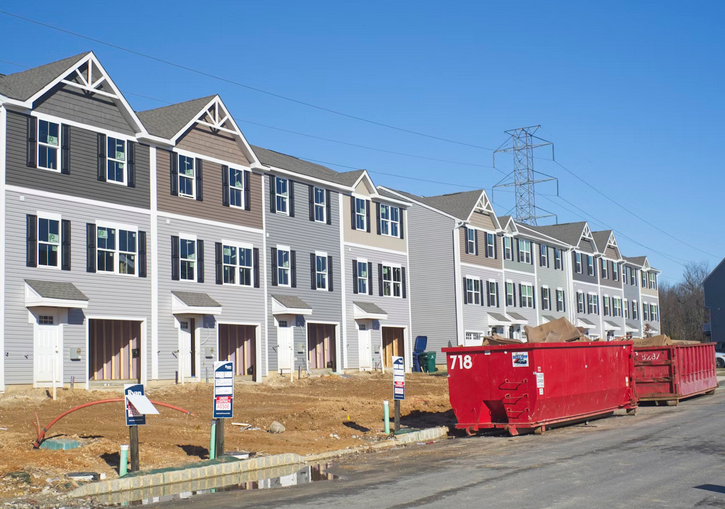Are you ready to step into the future of construction? Imagine a world where houses are not built but printed. Yes, you read that right – 3D-printed houses are revolutionizing the way we think about construction. We all know that traditional houses come with a fair share of problems, from long construction times to high labor costs.
However, 3D-printed houses are changing the game in more ways than one. But how? First, check out an insightful article at Immobilien.de. Now, you may be wondering what’s good about these 3D-printed houses. Well, let’s explore why 3D-printed houses are taking the industry by storm and why they may just be better than traditional homes in more ways than one.
Faster Construction Time

Time is money. Traditional houses can sadly take months or even years to build from start to finish. This lengthy process involves various stages such as site preparation, foundation laying, framing, and finishing work. On the other hand, 3D-printed houses offer a much faster construction time due to their innovative technology.
By using large 3D printers that can create entire walls in a matter of hours, the overall construction timeline is significantly reduced. This rapid construction speed not only saves time but also cuts labor costs associated with traditional building methods. With 3D printing, there is minimal room for human error, and waste materials are kept to a minimum.
Cost Efficiency
When it comes to building a house, cost is always a significant factor to consider. Traditional construction methods often involve high labor costs, material expenses, and potential delays that can drive up the overall price tag of a project. On the other hand, 3D-printed houses offer a more cost-efficient alternative.
With 3D printing technology, materials waste is reduced to dust as the printer only uses what is necessary to create each component of the house. This reduction in waste not only helps save money but also makes the construction process more environmentally friendly. Additionally, the speed at which 3D printers can churn out components means less labor time is required, further cutting down on costs.
Sustainability

Now, let’s talk about something important—our environment. Building a home, without a doubt, always has some negative effects on Earth. However, thanks to their sustainability, 3D-printed houses have a significant edge over traditional construction methods. How? Let’s break it down.
First, it’s about the reduced waste generated during the construction process we mentioned. With 3D printing, materials are precisely measured and used only where needed, minimizing excess waste. Additionally, many companies that specialize in 3D printed housing utilize eco-friendly materials such as recycled plastics or sustainable concrete alternatives. This not only reduces environmental impact but also promotes a more circular economy.
Design Flexibility
When it comes to design flexibility, 3D-printed houses have a clear advantage over traditional construction methods. With 3D printing technology, architects and designers can easily create intricate designs and unique shapes that would be super complex or nearly impossible to achieve with traditional building techniques. The ability to customize every aspect of a 3D-printed house allows for endless possibilities in terms of aesthetics and functionality. Whether you want curved walls, organic shapes, or personalized details, 3D printing can bring your vision to life with precision and accuracy.
Furthermore, the digital nature of 3D printing allows for quick adjustments, upgrades, and modifications to the design without major disruptions to the construction process. This means that changes can be made on the fly, ensuring that the chef-kiss-worthy final product meets the client’s exact specifications.
In the battle between 3D-printed and traditional houses, it’s clear that 3D-printed houses come out on top. Embracing 3D printing technology for homes is not just a booming trend but a smart choice for those looking for efficient, sustainable, and customizable living spaces. It’s safe to say that when it comes to choosing between traditional and 3D-printed houses, “more” is definitely what you’ll get with the latter.



